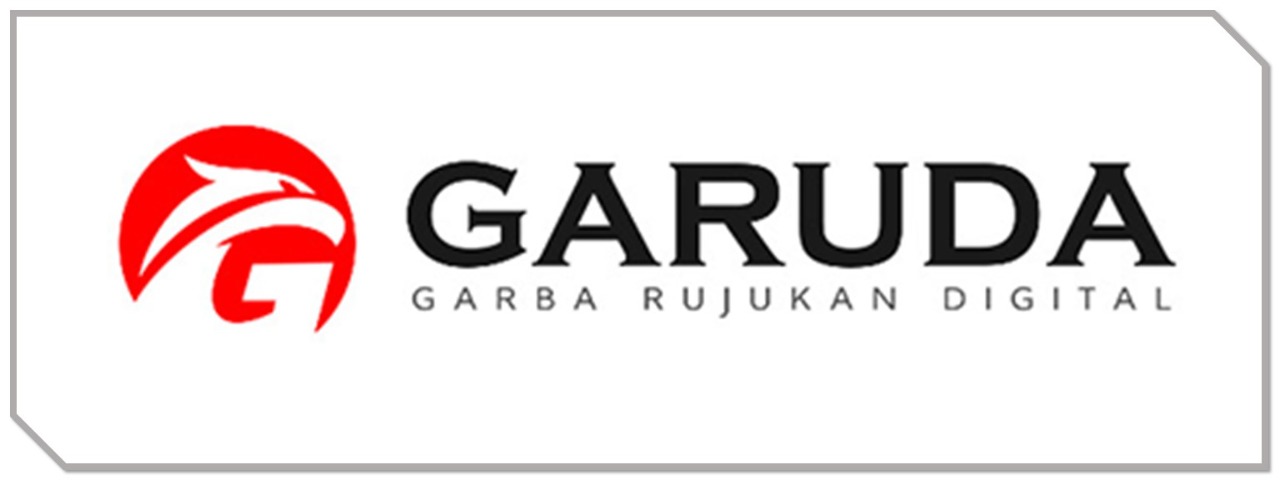Tinjauan Yuridis terhadap Pelindungan Cuplikan Film dan Series yang Disebarluaskan Tanpa Izin pada Aplikasi TikTok Berdasarkan Undang-Undang No. 28 Tahun 2014 tentang Hak Cipta
DOI:
https://doi.org/10.51903/perkara.v2i1.1616Keywords:
Protection of Film and Series Snippets, Copyright Violation, Dissemination of Cinematographic Works Without PermissionAbstract
The high level of popularity of the TikTok application has an impact on the dissemination of various phenomena, one of which is the distribution of film and series snippets by unauthorized accounts without the permission of the creators of the films and series concerned. Those unauthorized accounts gain economic benefits from the uploaded video snippets because they have a large number of viewers. It is very detrimental to film and series creators because many people do not want to watch those films and series on official platforms that have been provided such as cinemas or streaming applications because people already know the storyline or have received spoilers from the uploaded video snippets by unauthorized accounts. This research aims to find out whether copyright law already provides sufficient protection for film and series snippets and for the Copyright Holder, also to find out what the government actions are in dealing with this problem. This research was conducted using a normative juridical method, namely a literature study that refers to laws in the field of intellectual property rights law as well as secondary legal materials such as books, articles and journals regarding copyright. The results of the research show that films and series are classified as cinematographic works so they must be protected from all forms of violations such as dissemination without the permission of the Copyright Holder as regulated in Law No. 28 of 2014 concerning Copyright, in this case the government actions in protecting film and series snippets are to create a Directorate General Intellectual Property and Creative Economy Agency to assist with copyright registration and handling copyright violations.
References
Direktorat Jenderal Kekayaan Intelektual Kementerian Hukum & HAM R.I., “Direktorat Hak Cipta dan Desain Industri”, https://www.dgip.go.id/tentang-djki/struktur-organisasi/direktorat-hak-cipta-da n-desain-industri
Fauzan Jamaludin, “Riset: Pengguna Media Sosial Mencapai 4,22 Miliar di Dunia”, https://www.merdeka.com/teknologi/riset-pengguna-media-sosial-mencapai-4 22-miliar-di-dunia.html
Made Yunanta Hendrayana (dkk.), “Perlindungan Hak Cipta Terhadap Konten Aplikasi TikTok yang Disebarluaskan Tanpa Izin”, Jurnal Preferensi Hukum, Vol. 2, No. 2, (2021).
Nasution, S., Metode Penelitian Naturalistik Kualitatif, Bandung: Tarsito, 2003.
Togi Prima Hasiholan (dkk.), “Pemanfaatan Media Sosial Tik Tok Sebagai Media Kampanye Gerakan Cuci Tangan di Indonesia untuk Pencegahan Covid-19”, Jurnal Ilmu Komunikasi, Vol. 5, No. 2, (Juni 2020).
Muhammad Idris, “Tahapan Cara Mendapatkan Uang dari Tiktok”, https://money.kompas.com/read/2021/04/19/093642626/tahapan-cara-mendap atkan-uang-dari-tiktok?page=all
P. Surya R., “Jangan Asal Unggah Cuplikan Film di Media Sosial, Bisa Dipidana”, https://merahputih.com/post/read/jangan-asal-unggah-cuplikan-film-di-media sosial-bisa-dipidana,
Undang-Undang Nomor 28 Tahun 2014 tentang Hak Cipta.











4.png)
